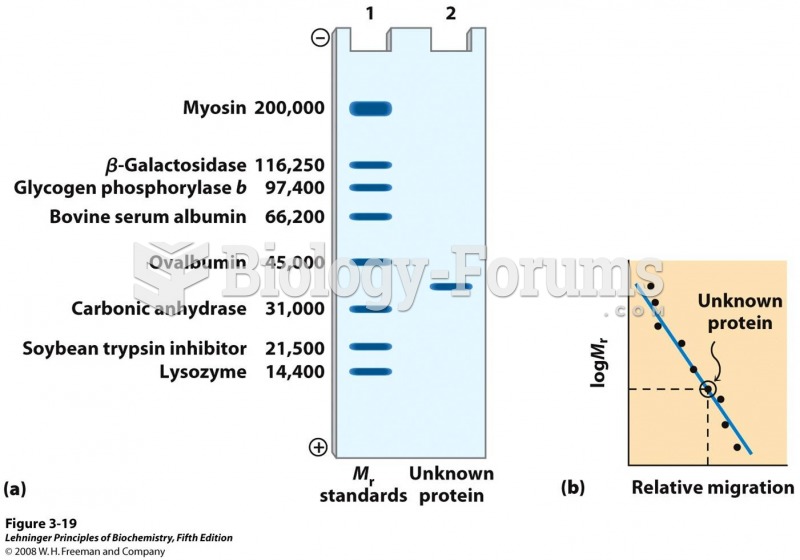|
|
|
There are 60,000 miles of blood vessels in every adult human.
Bacteria have been found alive in a lake buried one half mile under ice in Antarctica.
Between 1999 and 2012, American adults with high total cholesterol decreased from 18.3% to 12.9%
Asthma cases in Americans are about 75% higher today than they were in 1980.
Though Candida and Aspergillus species are the most common fungal pathogens causing invasive fungal disease in the immunocompromised, infections due to previously uncommon hyaline and dematiaceous filamentous fungi are occurring more often today. Rare fungal infections, once accurately diagnosed, may require surgical debridement, immunotherapy, and newer antifungals used singly or in combination with older antifungals, on a case-by-case basis.







